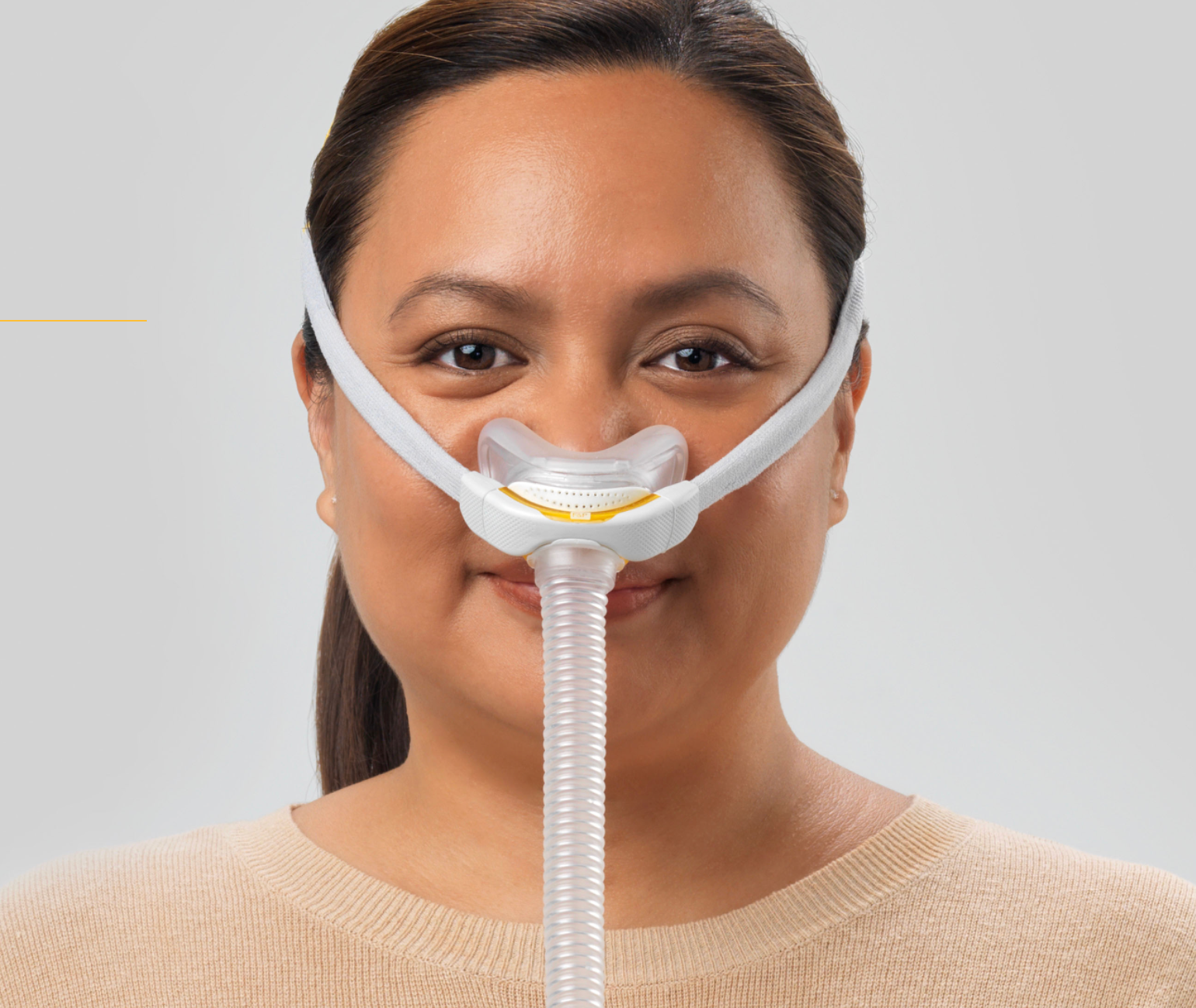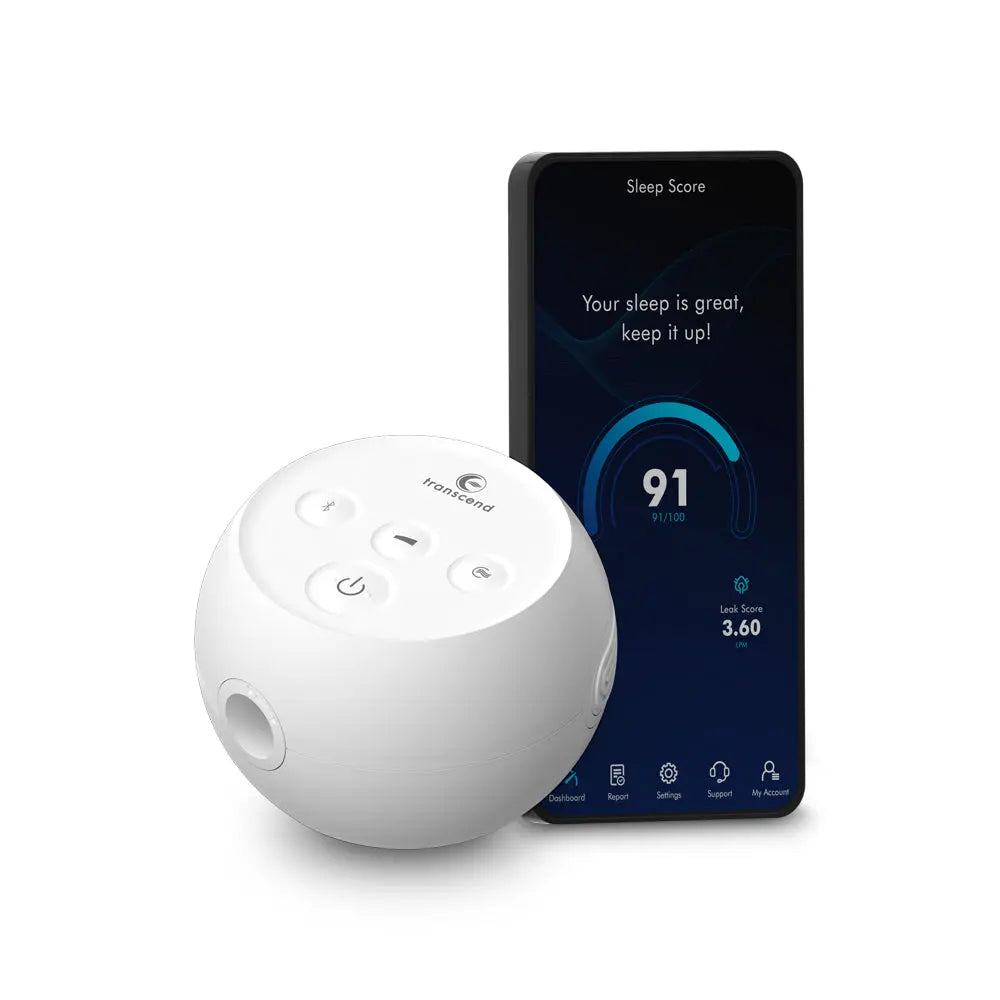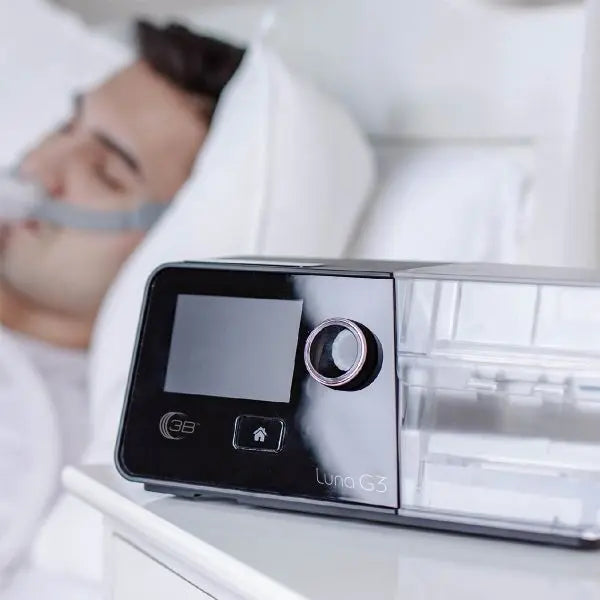The Ultimate Guide to Cold Plunges: Unlocking Better Sleep, Reduced Stress, and Enhanced Health
Introduction: What Are Cold Plunges?
Cold plunges, also known as cold water immersion (CWI) or ice baths, involve submerging your body in cold water—usually at temperatures between 39°F to 59°F (4°C to 15°C). Originally popular among athletes for muscle recovery, cold plunges have become a mainstream wellness practice, with benefits ranging from improved sleep and reduced stress to enhanced immunity and mental resilience.
The Science Behind Cold Plunges
When you immerse yourself in cold water, several physiological reactions occur:
- Vasoconstriction and Vasodilation: Cold exposure causes blood vessels to constrict, redirecting blood to vital organs. When you warm up afterward, blood vessels dilate, improving circulation and oxygen delivery.
- Activation of the Sympathetic Nervous System: Cold plunges trigger the release of norepinephrine, increasing alertness, focus, and resilience to stress.
- Endorphin and Dopamine Release: Studies show that cold immersion elevates mood by boosting feel-good chemicals like endorphins and dopamine.
Cold Plunges and Sleep
How Cold Exposure Improves Sleep
- Regulates Core Body Temperature: Core body temperature plays a critical role in sleep. Cold exposure lowers your body temperature, signaling your body that it's time to rest.
- Enhances Deep Sleep: Many cold plunge users report improved deep sleep and fewer nighttime awakenings.
- Reduces Insomnia: Cold water immersion has been linked to reduced anxiety and tension—common causes of insomnia.
Optimal Timing for Sleep Benefits
- Evening Cold Plunges: Can help relax muscles and prepare your body for sleep.
- Morning Plunges: May enhance alertness and focus, though they can still improve your overall sleep quality indirectly.
Stress Reduction and Mental Health Benefits
Activation of the Parasympathetic Nervous System
While cold water initially activates the "fight-or-flight" response, consistent exposure strengthens the parasympathetic nervous system (the "rest and digest" response), helping you manage stress more effectively.
Boosts Mental Resilience
- Reduces Cortisol Levels: Chronic stress leads to elevated cortisol levels, contributing to anxiety and burnout. Cold plunges help regulate cortisol, promoting a sense of calm.
- Enhances Mood and Mental Clarity: Regular cold exposure increases dopamine levels, boosting mood and creating a sustained sense of well-being.
- Mind Over Matter: The mental toughness required to endure cold exposure builds resilience and self-discipline.
Physical Health Benefits of Cold Plunges
Improved Circulation and Cardiovascular Health
- Cold exposure improves vascular function, enhancing circulation and reducing the risk of cardiovascular disease.
- Some studies suggest cold water immersion can lower blood pressure and reduce inflammation.
Strengthened Immune System
- Regular cold plunges may boost immunity by increasing white blood cell counts and activating the body's natural defenses.
- Studies indicate a reduction in the frequency of colds and infections among regular cold-water swimmers.
Muscle Recovery and Reduced Inflammation
- Athletes have long used cold therapy to reduce soreness and accelerate recovery.
- Cold plunges reduce inflammation by constricting blood vessels and flushing out metabolic waste.
How to Start Your Cold Plunge Journey
Safety First
- Consult Your Doctor: Especially if you have cardiovascular conditions or underlying health concerns.
- Acclimate Gradually: Start with shorter durations (30–60 seconds) and increase as your body adapts.
- Listen to Your Body: Cold plunges should be uncomfortable but not painful. Discontinue if you experience dizziness or chest pain.
Building a Routine
- Temperature: Aim for 39°F to 59°F.
- Duration: Start with 30 seconds and gradually work up to 2–5 minutes.
- Frequency: 2–4 times per week is ideal for most people.
Home Cold Plunge Setups
- DIY Cold Plunge: Fill a tub with ice and water.
- Cold Plunge Tanks: Investing in a professional cold plunge tank offers precise temperature control and filtration.
Potential Risks and Considerations
While cold plunges offer numerous benefits, it’s essential to be aware of potential risks:
- Hypothermia: Prolonged exposure can lead to hypothermia. Stick to recommended durations.
- Cardiovascular Stress: People with heart conditions should avoid sudden cold exposure.
- Shock and Dizziness: The initial shock can cause dizziness—be cautious when exiting the water.
Conclusion: A Transformative Wellness Practice
Cold plunges offer a simple yet powerful way to improve sleep, reduce stress, and boost overall health. Whether you're an athlete seeking faster recovery or someone looking to enhance mental clarity and resilience, cold water immersion can be a game-changer. Start small, stay consistent, and watch your well-being thrive.
Bibliography
- Bremer, Sebastian. "Cold Exposure and the Nervous System." Journal of Applied Physiology, vol. 129, no. 5, 2023, pp. 1002–1015.
- Lee, Angela et al. "The Effects of Cold Water Immersion on Sleep Quality." Sleep Medicine Reviews, vol. 28, 2022, pp. 32–41.
- Richardson, Mark. "Stress Management Through Cold Therapy." Journal of Stress Research, vol. 15, no. 3, 2021, pp. 245–252.
- Thompson, Daniel. "The Health Benefits of Cold Plunges." American Journal of Sports Medicine, vol. 12, no. 4, 2023, pp. 101–120.








Leave a comment
This site is protected by hCaptcha and the hCaptcha Privacy Policy and Terms of Service apply.